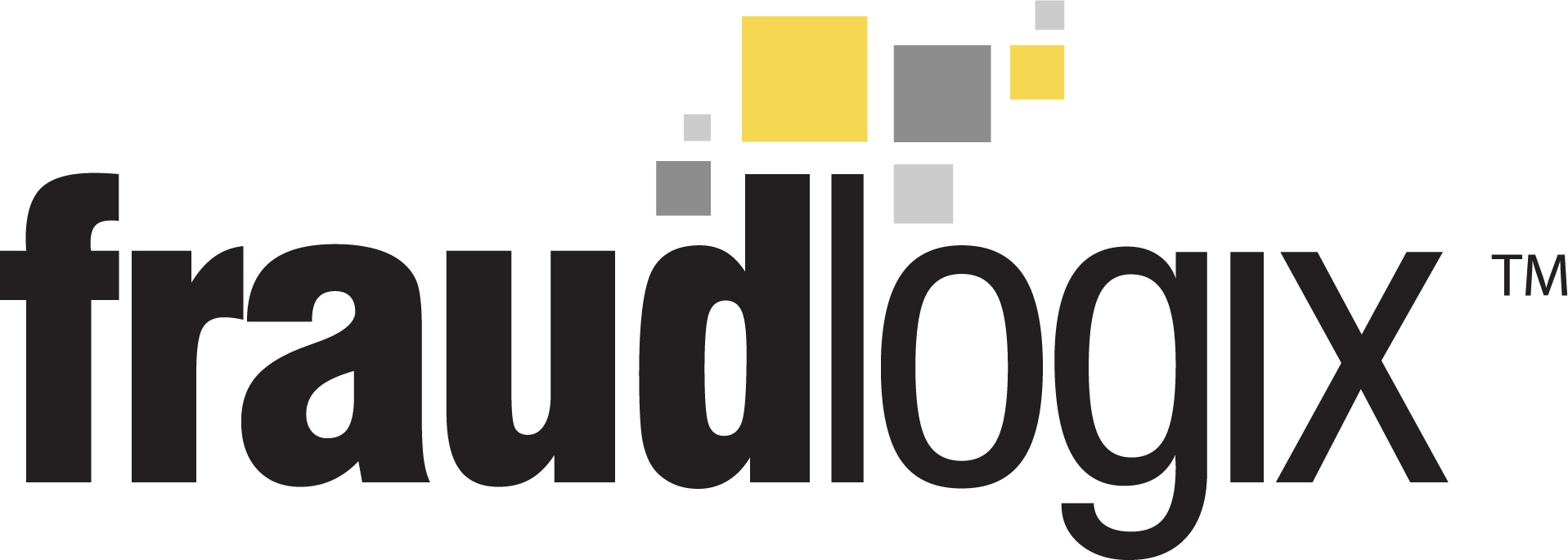Ad Fraud Statistics & Patterns Across Web Browsers
Free IP lookup API to uncover fraud, bots, and high risk users.
|
BROWSER |
FRAUD_PERCENT |
MRKT_SHARE_PERCENT |
|
Google Chrome |
27.85 |
68 |
|
Apple Safari |
16.87 |
17 |
|
Microsoft Edge |
42.63 |
5 |
|
Mozilla Firefox |
32.71 |
2.5 |
|
Opera Opera |
48.73 |
2 |
Advertising fraud costs businesses billions of dollars annually, with sophisticated fraudsters adapting their techniques across every type of browser and platform. No browser is immune from being used for fraud and by examining ad fraud patterns through browser usage, we can uncover critical insights into how fraudulent activities manifest, what it means for advertisers and what users should know.
Key Observations
- Market Share Impact on Fraud Volume: Google Chrome, with its dominant 68% market share, likely accounts for the largest volume of ad fraud incidents due to its extensive user base. This makes it a critical focus area for fraud prevention efforts, despite its moderate fraud rate of 27.85%.
- Browser Vulnerabilities and Targeting: Microsoft Edge and Opera show high fraud rates, suggesting they might be targeted by fraudsters due to perceived vulnerabilities or specific user demographics. This indicates that even browsers with smaller market shares can be significant targets for malicious activity.
- Safari’s Low Fraud Rate as a Benchmark: Apple Safari’s low ad fraud rate of 16.87%, combined with its substantial market share, sets a benchmark for effective fraud prevention. This suggests that Safari’s strict ecosystem controls and focus on privacy contribute to its lower fraud exposure, providing a model for other browsers to follow in enhancing their security measures.
Google Chrome
Chrome holds a dominant market share while experiencing a 27.85% ad fraud rate. This combination likely creates the largest volume of ad fraud incidents overall. Chrome’s massive user base attracts fraudsters despite Google’s anti-fraud measures. Even with a moderate fraud percentage, Chrome’s scale means a substantial number of users and advertisements are affected.
Apple Safari
Safari shows the lowest ad fraud rate (16.87%) while holding the second-largest market share (17%). This means Safari users face fewer fraudulent ads compared to other browsers. Apple’s controlled ecosystem and privacy focus are likely to help reduce fraud. With its significant user base, this data reliably demonstrates Safari’s effectiveness in preventing ad fraud.
Microsoft Edge
Edge exhibits a concerning ad fraud rate of 42.63%, despite its relatively modest 5% market share. This high rate, combined with its position as the default browser on Windows systems, presents a notable risk. The limited market share might indicate that the data is based on a smaller sample size, potentially skewing the results. Alternatively, it could suggest that Edge is being specifically targeted by fraudsters, possibly due to perceived vulnerabilities or its association with enterprise users.
Mozilla Firefox
Firefox has a small 2.5% market share and a 32.71% ad fraud rate. This rate is lower than Edge and Opera but still high compared to Safari. Firefox’s limited market presence means it contributes minimally to global ad fraud; however, the high fraud rate may concern Firefox’s typically tech-savvy users. The small user sample also raises questions about whether this rate accurately represents the typical Firefox experience.
Opera
Opera presents the highest ad fraud rate at 48.73%, but its impact is mitigated by a mere 2% market share. This high rate is particularly alarming and may indicate either targeted attacks on Opera users or potential vulnerabilities in the browser’s ad-serving mechanisms. However, the small market share means that this high rate affects a limited number of users globally. It also suggests that the data might be based on a smaller sample size, potentially making it more susceptible to statistical anomalies or targeted fraud campaigns.
How Browser Fraud Data Is Collected
Fraudlogix has the largest fraud pixel detection footprint in the world, so the data presented here is proprietary and comprehensive. Pixels are placed throughout the web and fraud data is collected and aggregated. This analysis provides advertisers and publishers with actionable insights for protecting their digital advertising dollars across all browsers by revealing correlations between browser characteristics and advertising fraud.
Implications
These findings have important implications for advertisers, publishers, and users alike. Advertisers may need to adjust their strategies based on browser-specific fraud rates, while publishers might need to implement additional security measures for certain browsers. Users, especially those using browsers with higher fraud rates, should remain vigilant and consider using additional security tools.
Understanding these patterns is crucial for:
– Identifying browser-specific fraud signatures that help in early detection
– Optimizing ad spend allocation across different browsers
– Developing more effective cross-browser fraud prevention strategies
– Assessing the true ROI of digital advertising campaigns
The data underscores the ongoing challenge of ad fraud in the digital advertising ecosystem and highlights the need for continued efforts in developing more effective fraud prevention technologies across all browser platforms.



